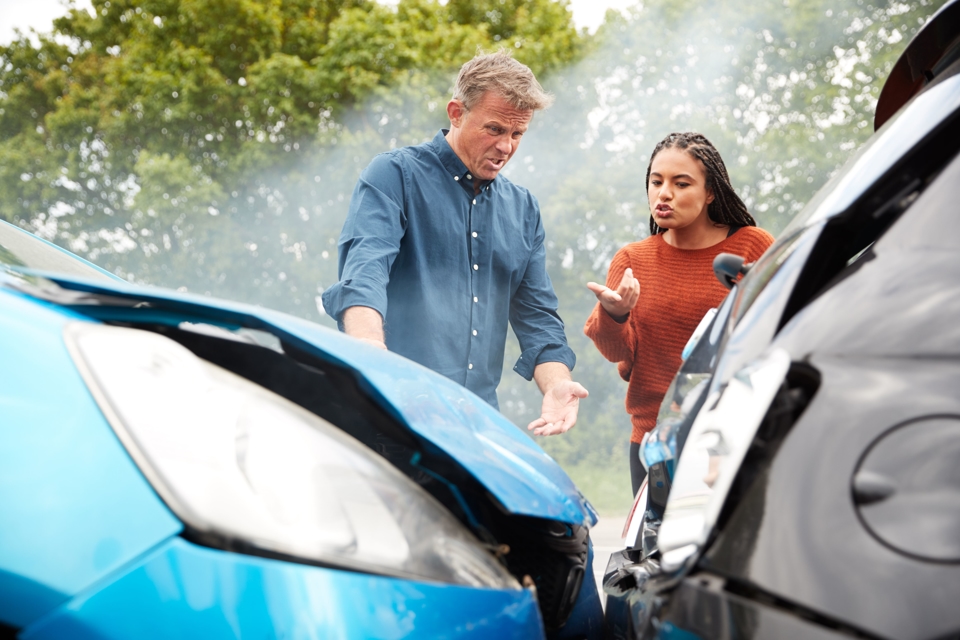If you have been the victim of a hit-and-run, you know how frustrating it can be. Not only have you been injured, but the person who caused the accident has fled the scene, leaving you with little to no evidence to track them down.
But not all hope is lost. You can do a few things to try and prove a hit-and-run accident, even if the at-fault driver cannot be found.
1. File a Police Report
In Florida, it is a law that you must report any car accident to law enforcement if it involves:
- Injury or death.
- Property damage over $500.
- Drunk driving.
- A driver who fled the scene.
Therefore, you are legally required to report a hit-and-run accident. Even if you are unsure how much evidence you have to prove a hit-and-run, it is still beneficial to file a police report. Not only do they have the tools necessary to track down criminals, but this will also create a record of the incident, which can be helpful if you file an insurance claim or take eventual legal action against the at-fault driver.
2. Talk to Witnesses
If there were any witnesses to the accident, see if they saw anything that could help identify the at-fault driver. This includes descriptions like the make and model of the car, the license plate number, or a description of the driver.
3. Dash Cam Footage
A dash cam can help to identify the driver who fled the scene of an accident, making it easier for law enforcement to visualize what happened and catch the at-fault driver. Some insurance companies actually offer discounts to drivers who use dash cams, as they are less likely to be involved in hit-and-runs.
4. Check Security Footage
Similar to dash cam footage, security cameras can also be beneficial if your accident happened near a business or home with cameras installed.
Collecting Damages After a Hit-and-Run
If you have been the victim of a hit-and-run accident in Florida, you may wonder what your options are for recovering damages. The good news is that you may still be able to recover damages even if the at-fault driver cannot be found. Here are some of the methods you can use to recover damages.
- Personal Injury Protection (PIP) - As a no-fault state, Florida allows its drivers to recover 80 percent of their medical expenses up to $10,000 and 60 percent of any lost wages following a car accident, no matter who was at fault.
- Uninsured Motorist Coverage (UM) - When medical expenses exceed $10,000, and you are owed compensation for other damages like non-economic or vehicle repairs, you may file a claim with your insurance carrier’s UM policy, that is, if you are covered. Florida does not require drivers to have UM coverage, although it is highly recommended.
If you are unsure of your insurance policy, what it contains, and whether or not you are covered, the car accident attorney at Shapiro Law Firm, P.A. can guide you.
If you’ve been injured in a car accident, call us today at (850) 629-7226 or visit us online!


.2208010910559.jpg)

.2309191255550.jpg)
[2].2309191246550.jpg)
